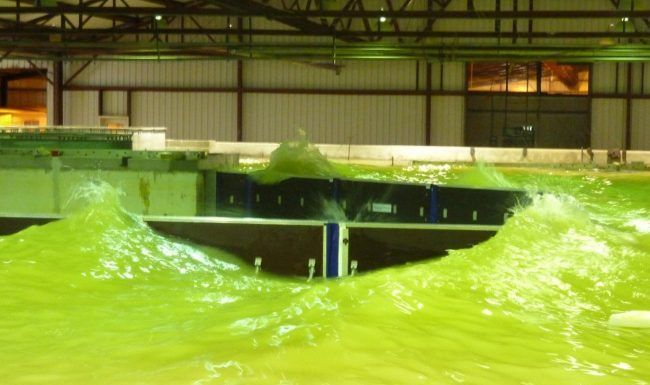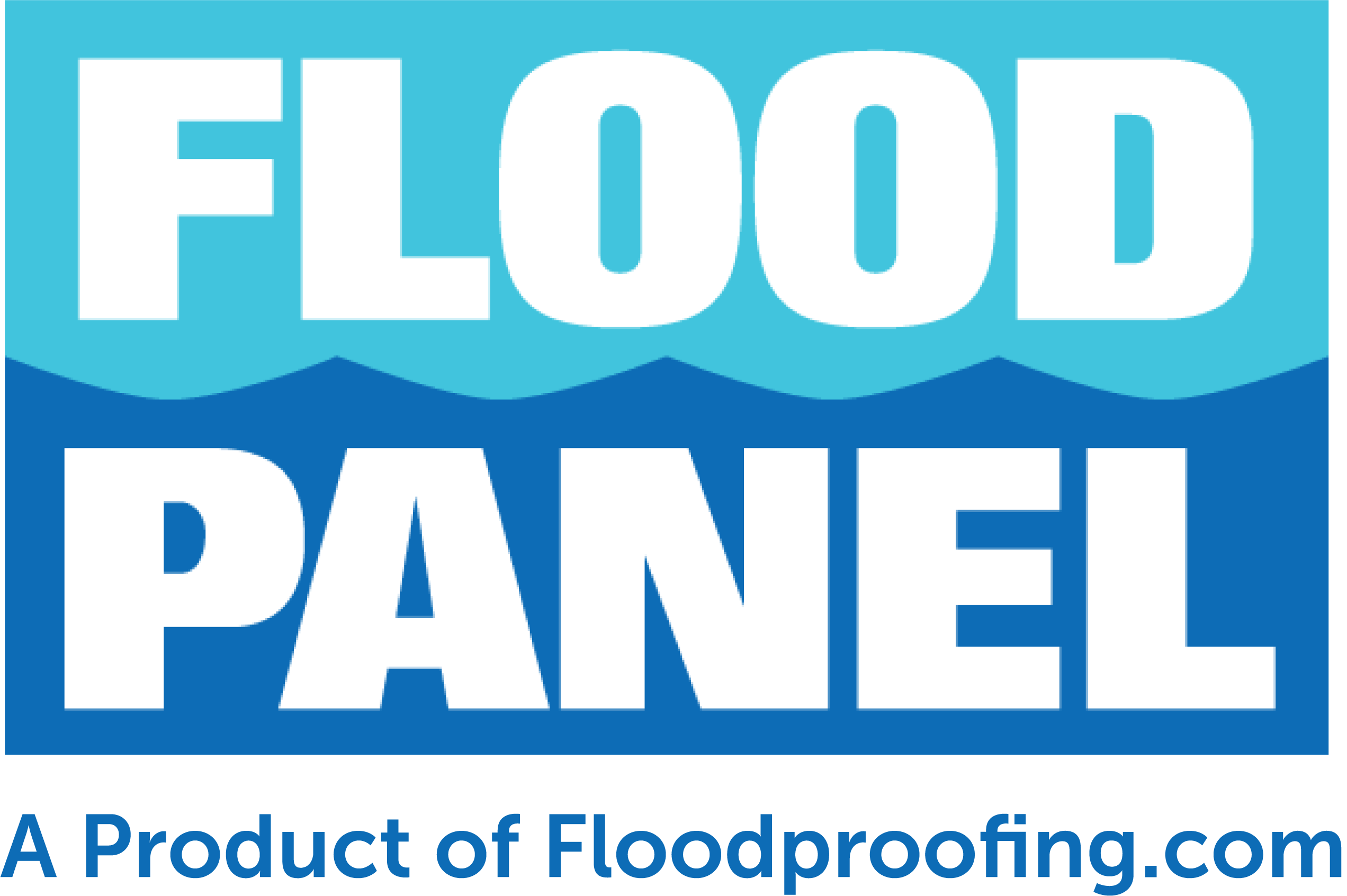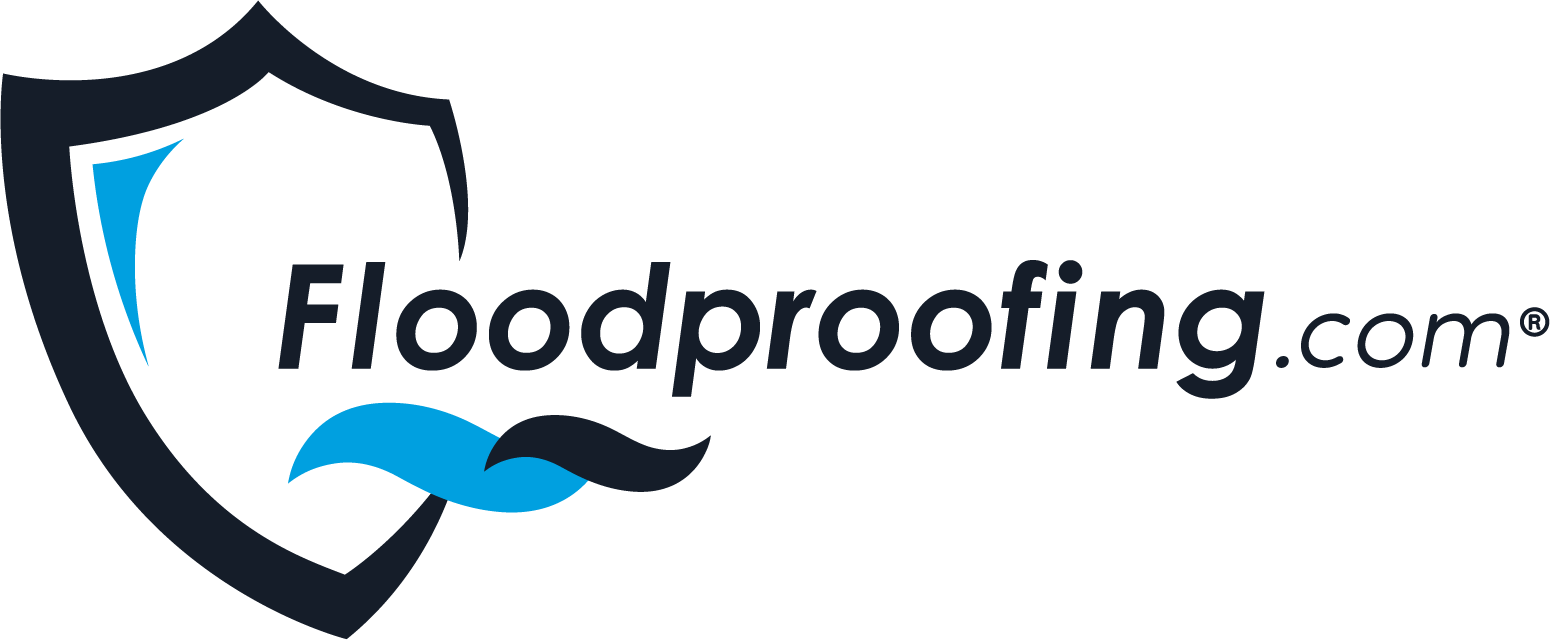Blog
Media Contact
Email: media@floodpanel.com

Flood Barrier Certification Provides Peace of Mind in a Flood
One of the most destructive aspects of storms like Hurricane Florence is the catastrophic flooding caused by storm surge and prolonged heavy rainfall. Water damages or destroys many homes and businesses thought to be out of harm’s way.
When flooding strikes, building owners need to know that their property and assets will be protected. Flood doors, flood panels and other flood barrier solutions can provide some peace of mind in a flood event. But how can one know with any degree of certainty that those measures will work?
Interest in Flood Barrier Testing
Several years ago, at a conference sponsored by the Association of State Flood Plain Managers and the U.S. Army Corps of Engineers, attendees called for a national program to test flood barriers that would standardize quality and differentiate products that worked from those that did not.
Meanwhile, FM Global, one of the world’s largest business and property insurers, was also taking steps to address the problem at its insured facilities worldwide. In 2006, its subsidiary FM Approvals created a standard for testing and certifying flood loss prevention products. FM Approvals Standard 2510 was adopted by the American National Standards Institute. It is the only U.S. national standard for flood barrier products.
In 2012, ASFPM partnered with USACE and FM Approvals to develop the National Flood Barrier Testing & Certification Program based on the ANSI/FM Approvals Standard 2510. It “assures manufacturers and consumers that a product, which has been objectively tested, conforms to national standards.” The program awards national recognition and FM Approval certification for products that meet requirements.
Flood barrier certification requires a battery of tests, audits of the manufacturing facility and supporting operational guidelines. This process ensures certified flood solutions will stand up to waves, hydrostatic forces and impact from floating debris. FEMA and the National Flood Insurance Program have adopted the requirements for floodproofing nonresidential structures.
Flood Barrier Certification Requirements
The testing and certification program is a five-step process that includes 1) Application, 2) Proposal Issue and Manufacturer Authorization, 3) Testing and First Audit, 4) Report and Certification, and 5) Follow-up Audits.
The program evaluates temporary perimeter barriers, set just before a flood event, and opening barriers including doors, windows and vents. It includes component testing, performance (water) testing and manufacturing facility auditing. According to an FM Approvals representative, each step is important because “a product is only as good as its weakest link.”
The USACE conducts water testing to “examine the ability of a product to withstand flood related exposure, such as hydrodynamic, overtopping, velocity and debris.” FM Approvals manages materials testing to “examine the ability of a product to withstand the forces of nature that impinge upon the product when deployed.”
The USACE evaluates temporary perimeter barriers at its facility in Vicksburg, Mississippi. Tests on closure barriers can be conducted in Vicksburg, at a manufacturing facility or at an independent laboratory approved by FM Approvals. The Flood Lab at Flood Panel LLC headquarters in Jupiter, Florida is an example of an approved manufacturer facility.
Manufacturers are also required to develop a “Design, Installation, Operation and Maintenance Manual” that outlines repair and replace instructions for the product. Additionally, the manufacturer must create a post installation checklist to be completed by the installer and kept on file at the manufacturer facility.

U.S. Army Corps of Engineers testing facility in Mississippi. Photo credit: USACE
FM Approvals visits the manufacturing facility to confirm that quality guidelines are set to ensure consistent production of the product. During these audits, FM Approvals also verifies that completed installation checklists are on file.
Finally, FM Approvals conducts periodic follow-up audits at the manufacturing facility to ensure that nothing has changed with the certified product.
The flood barrier certification and testing program outlines three levels:
- Silver: Water (at least one foot hydrostatic test) and material testing, plant and product inspection, and follow-up verification.
- Gold: Water (at least two foot hydrostatic test) and material testing, plant and product inspection, and follow-up verification.
- Platinum: Water (at least three foot hydrostatic test) and material testing, plant and product inspection, and follow-up verification.
Will it Work?
Tom Osborne, president of Flood Panel LLC, compares the certification program to other standards, such as UL Listings or Fire-Safety Ratings, which assure consumers that building products meet standards set by the industry.
Building owners want assurance that their flood prevention safeguards will keep water out when flooding occurs. The National Flood Barrier Certification & Testing Program delivers third-party, objective testing of important flood protection solutions to answer the most important question, “Will it work?”
Visit nationalfloodbarrier.org for more information and a webinar about the National Flood Barrier Testing & Certification Program.

